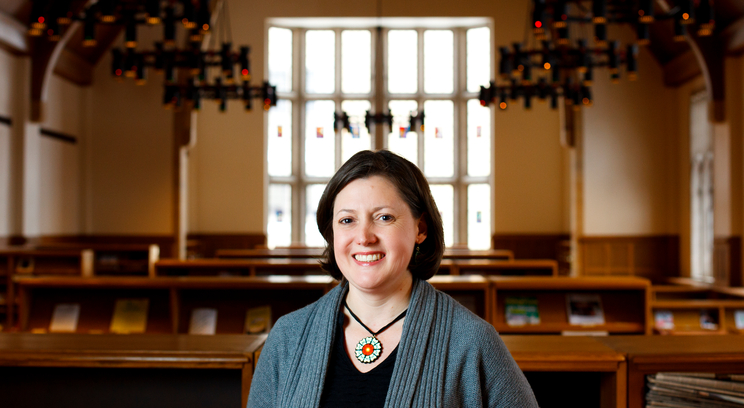Preparing for my first semester of college at the University of Iowa, I made some decisions about my course schedule that ended up being rather fortuitous for my later scholarship. First, to fulfill my language requirement, I chose to study Brazilian Portuguese. I did this on a whim, really, but my incredibly talented professor, a graduate student from São Paulo, provided me with a foundation in the language skills and a passion for communicating in Portuguese that would later be absolutely essential for my scholarship. Second, knowing I had to register for a course to meet the physical education core requirement, I selected capoeira, a Brazilian martial art that was originally developed as a form of defense by repressed African and African Brazilian slaves. Well over a century after abolition, capoeira remains a popular sport in Brazil, and its connection to its African-Brazilian roots is strong. Although I lacked any real talent when it came to capoeira, I spent the summer after graduation in Brazil with my capoeira friends, learning about African-Brazilian culture and art along the way.
It took me several years, though, to bring my interests in Brazilian language and culture together with my passion for art history. After completing a B.A. in art history at the University of Iowa, I enrolled at Tulane University for my master’s degree, where I focused on 19th-century French painting; however, Brazil kept calling me back, and midway through my Ph.D. program at Indiana University, I determined to change my research path and focus on the material culture of Candomblé, an African-Brazilian religion.
Since that time, my primary body of research focuses on the material culture associated with Candomblé, both within the sacred spaces used for religious practice and in the secularized realm of public art. Emerging as a religion among enslaved people, Candomblé was oppressed and even criminalized by the dominant class through much of the 20th century. Although it is now legal to practice Candomblé, the religion remains marginalized in many sectors of society. At the same time, the symbols of Candomblé are frequently extracted from the sacred context and appropriated for use in public art projects under the sponsorship of private corporations and governmental organizations. A fundamental transformation in aesthetics, function and meaning occurs when representations and symbols of the Candomblé orixás (deities) are taken out of their sacred context, adopted for public art projects and interpreted for consumption by a wide audience in a secular space. This process requires a shift in aesthetic principles and allows for the incorporation of Candomblé imagery into newly constructed forms of regional and national identity.
The methods and theories of art history and anthropology guide me in my fieldwork, but I would make no progress without solid language skills. After I completed the introductory language courses at the University of Iowa, I took more advanced courses in Brazilian literature. I continued this line of study as a Ph.D. student, and I also did a few intensive summer language programs in Brazil. When I began my fieldwork, though, my command of the Portuguese language was very formal. I had learned the language by reading literary classics and writing academic papers, striving for impeccable grammar. Many of the people who make the greatest contributions to my research through their deep knowledge of Candomblé have not had the advantage of formal education, and their use of language is much more colloquial. One of my great challenges in the course of my fieldwork was learning to expand my use of language to adapt to the context of its everyday use.
I enjoy teaching Candomblé to students who have experience with Catholic traditions because there are many interesting parallels to explore. In some Candomblé communities, people juxtapose African traditions with Catholic imagery and practices, a remnant of the power structures of the part that placed Candomblé in a vulnerable position. Through an exploration of art works, my research and teaching examine the ways in which people of differing worldviews and backgrounds create meaning about the world around them.
Heather Shirey is professor of Art History at the College of Arts and Sciences.
From Exemplars, a publication of the Grants and Research Office.







